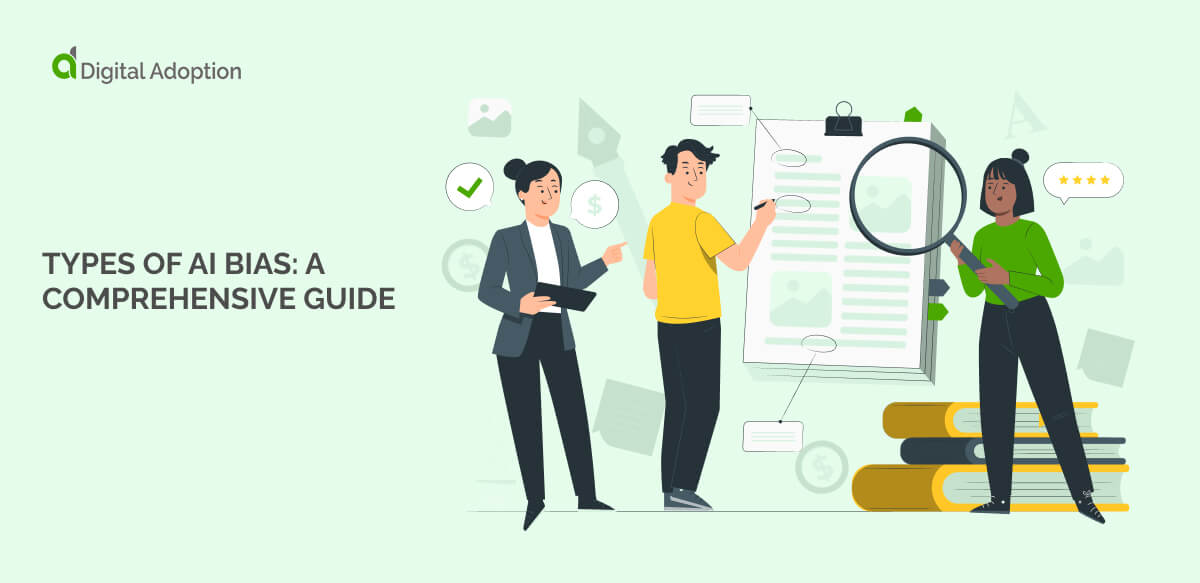Push notifications use cases
Push notifications are used across various industries to enhance user engagement and satisfaction.
E-commerce platform
Scenario
An e-commerce platform aims to boost sales and customer engagement through personalized notifications.
Method
The platform implements a push notification strategy focused on personalized recommendations, order updates, and exclusive promotions based on user behavior and preferences. Notifications are sent to remind customers about abandoned carts, alert them about limited-time offers, and provide personalized product recommendations.
Outcome
As a result, the e-commerce platform sees increased conversion rates, higher average order values, and improved customer retention. Personalized notifications drive repeat purchases and enhance user experience by providing relevant and timely information.
Travel app
Scenario
A travel app seeks to enhance user engagement and booking rates through targeted notifications.
Method
The travel app uses push notifications to deliver personalized travel deals, flight updates, and destination recommendations based on user preferences and travel history. To ensure relevance, notifications are segmented by travel interests, geographic location, and booking behavior.
Outcome
Users benefit from timely and relevant travel information, leading to increased bookings and user retention. The app sees higher engagement rates as users interact with notifications to plan their trips more effectively..
Media and entertainment
Scenario
A media streaming service aims to improve user retention and content consumption through personalized notifications.
Method
The streaming service uses push notifications to notify users about new content releases, personalized recommendations, and upcoming live events based on viewing history and preferences. Notifications are tailored to individual interests, such as favorite genres, actors, or series, to encourage continued engagement and subscriptions.
Outcome
As a result of these initiatives, the streaming service experiences increased viewer engagement, longer viewing sessions, and reduced churn rates. Personalized notifications drive users back to the platform to discover and enjoy new content, enhancing overall user satisfaction and loyalty.




